AT&T now boasts 20,000 access points in the US and 80,000 internationally, although that number also includes roaming locations run by partner networks. Wayport's network includes hotspots at McDonalds, Four Seasons hotels, HealthSouth, and Sun Healthcare locations.
The company's map of WiFi locations includes the new locations along with AT&T's existing hotspot networks at Starbucks, Barnes and Noble book stores, and many major airports across the country.
AT&T had been contracting with Wayport to run its existing WiFi network, but says the acquisition will enable it to expand its capabilities as it brings all management of WiFi infrastructure in house.
In addition to adding more WiFi hotspots to its network, AT&T has also committed to providing a tethering plan for iPhone users that would enable them to use their handsets as 3G network access points for their mobile computer. The company already offers a similar plan for its Blackberry subscribers.
 Prince McLean
Prince McLean
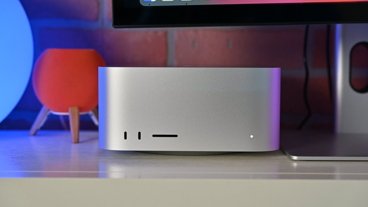
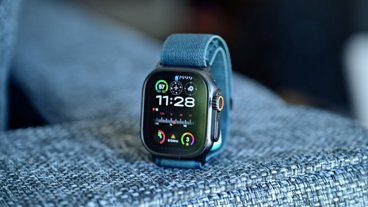
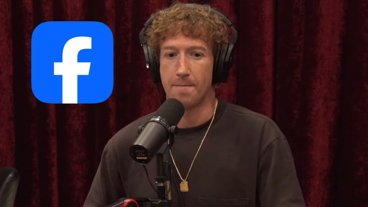
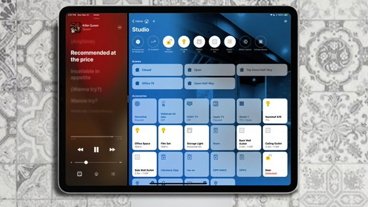
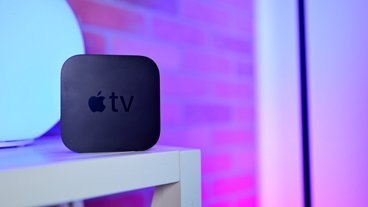

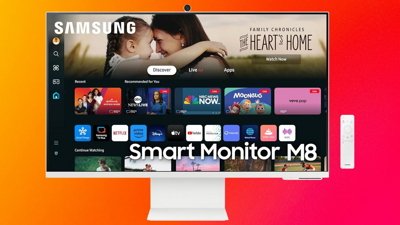
 Christine McKee
Christine McKee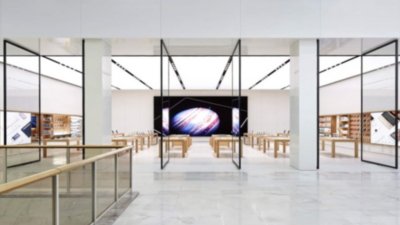
 Stephen Silver
Stephen Silver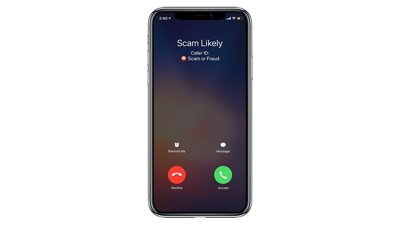
 Charles Martin
Charles Martin
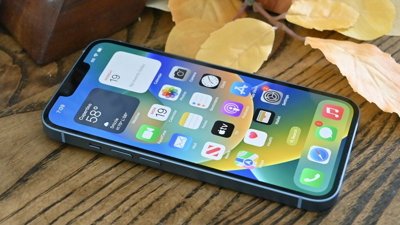
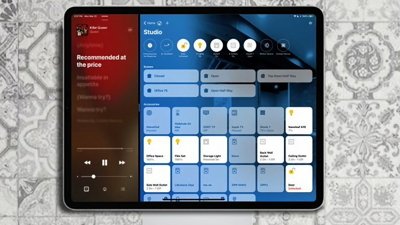
 William Gallagher
William Gallagher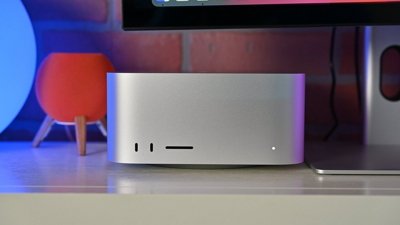
 Malcolm Owen
Malcolm Owen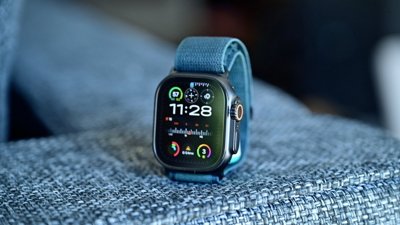
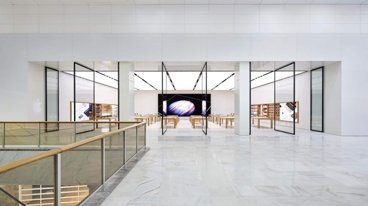
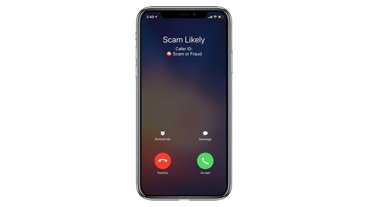
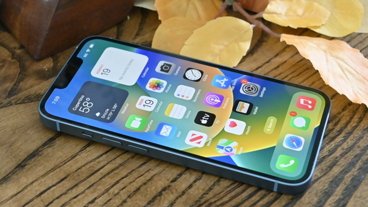







8 Comments
Excellent. More free iPhone/Blackberry WiFi spots.
I would be more impressed if they added cell towers. Especially at my house where the coverage is on the fringe of Edge.
More bars in more places, just not this place.
Hmm, I wonder if AT&T now provides more WiFi access than 3G coverage (at least in the US). I just keep holding out hope for a move away from cell towers to WiFi for VOIP calls in the future.
Hmm, I wonder if AT&T now provides more WiFi access than 3G coverage (at least in the US).
Absolutely not. You just aren't aware of the scale of coverage one tower can have and what one access point just can't. The range of a cell tower is measured in miles, whereas it's difficult to get WiFi to be useful beyond 100ft. Thousands of APs are needed to get the same land area coverage as a single cell tower.
That's not far from holding out hope for a pet unicorn.
Using WiFi to make a canopy is a bad idea. It's not designed for that and it's a very clumsy thing in action.
I think there should be more competition, but WiFi just isn't competition to cellular technology. The only thing that might be close is WiMax, and that apparently has its own problems, taking twice as long to commercialize and roll out as proponents have claimed. The 700MHz spectrum might yield interesting results, but the incumbent telecom companies own that.
Absolutely not. You just aren't aware of the scale of coverage one tower can have and what one access point just can't. The range of a cell tower is measured in miles, whereas it's difficult to get WiFi to be useful beyond 100ft. Thousands of APs are needed to get the same land area coverage as a single cell tower.
While you are correct about landmass coverage, wifi could never compete. However, AT & T's market penetration into markets is far greater with AT & T provided wi-fi hot spots than markets covered by 3G.
3G does users a fat lot of good, if they are not in a metropolitan area serviced by 3G. The added an now free access to Wi-Fi hotspots are a nice compromise. Although a bit more cumbersome to access than they should be. With the tight integration of the device to the AT & T network, there should be a better way to grant 24 hours access to a hotspot.